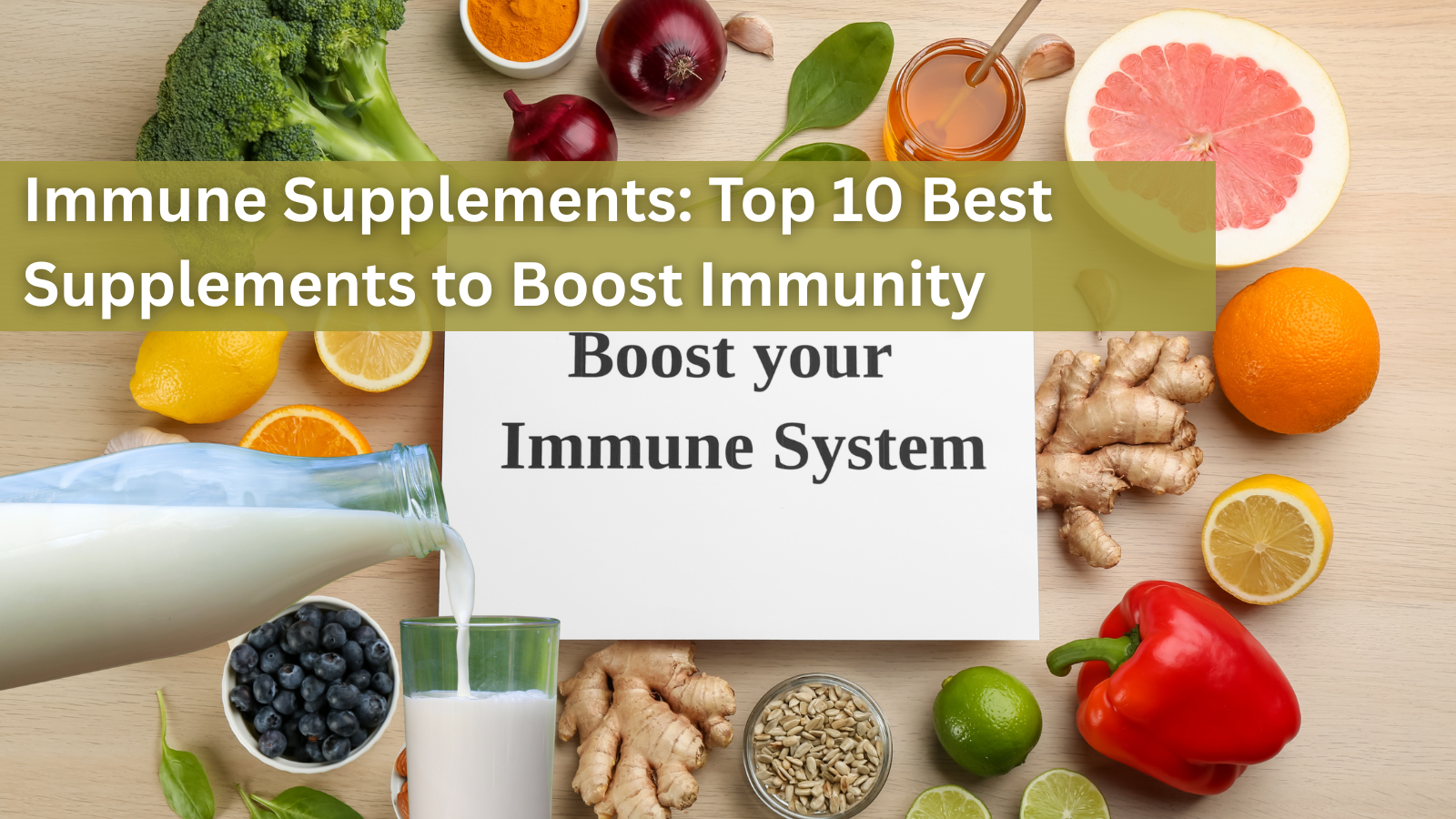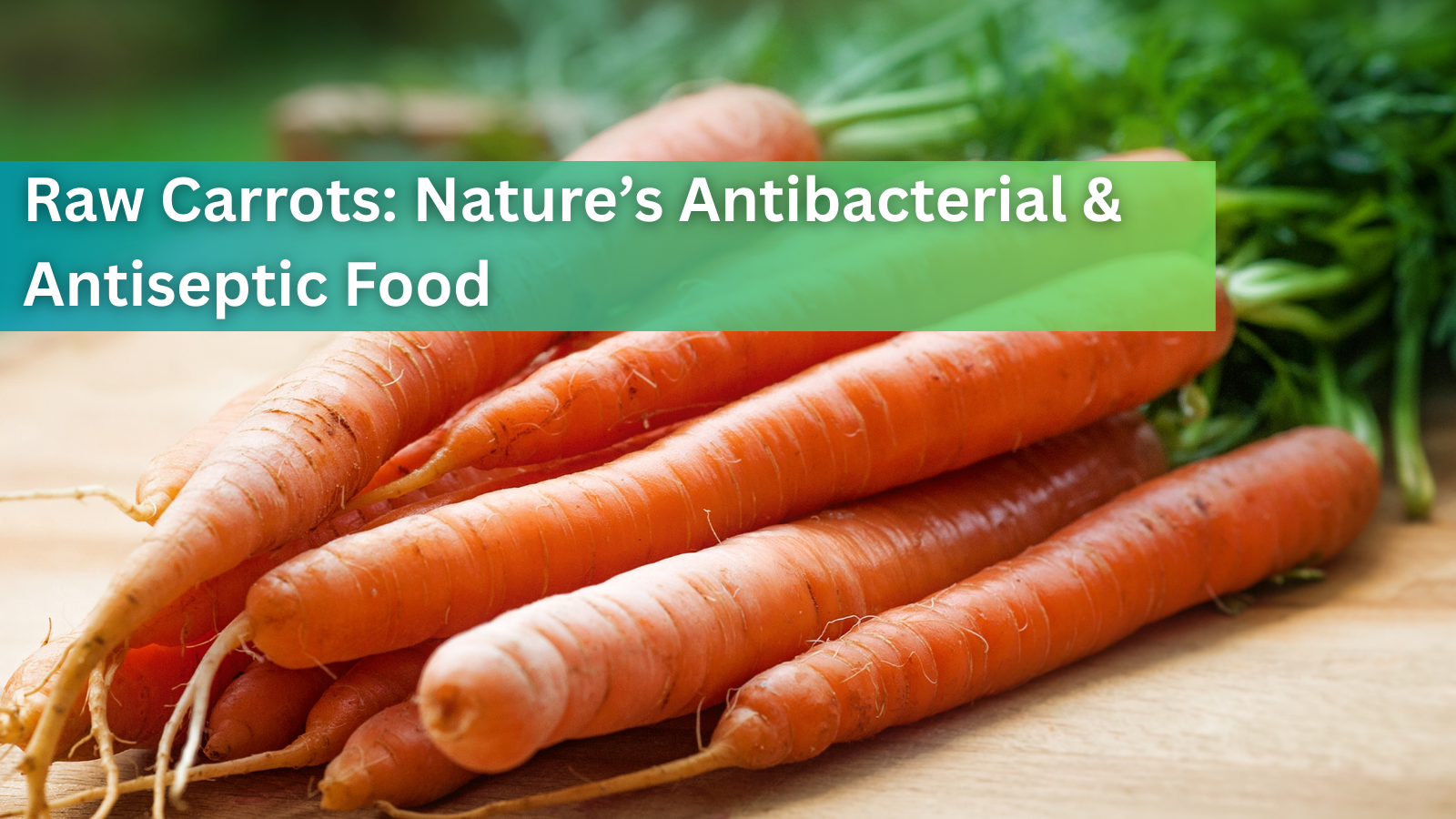The Dangers of NSAIDs for Pain Relief

What’s your pain tolerance level like these days?
Can you soldier through a headache or pulled muscle without popping any pain pills?
It’s easy to adopt a “just walk it off” attitude when you’re dealing with an occasional ache or pain. But what if you have chronic pain? Willing yourself to work through it doesn’t compute when the pain is debilitating and puts a severe crimp in your daily life.
Chronic pain is defined as pain that lasts longer than six months. It can be episodic, as with migraine headaches or severe menstrual cramps, or continuous like arthritis or an injury that never fully heals. Whatever the cause, if it’s bad enough that you’re on a steady stream of pain meds, heed the usage warnings – these medications can be deadly.
Big Pharma has flooded the market with prescription and OTC pain relief medications. If you take nonsteroidal anti-inflammatory drugs (NSAIDs) as part of your pain management plan, you could be a risk for stomach ulcers, gastrointestinal bleeding, heart attack, and stroke.
How NSAIDs Work
In response to trauma, damaged tissues release prostaglandins, which are hormones that factor into the body’s normal inflammatory response as a part of the healing process. Essentially, it’s a normal reaction to stress. But problems arise when there’s excessive prostaglandin production.
More prostaglandin = more pain. And this contributes to chronic pain.
NSAIDs work by blocking Cox-1 and Cox-2 enzymes that take part in the inflammatory response. By blocking these enzymes, NSAIDs put the kibosh on the body’s prostaglandin production. This equates to less swelling and less pain.
Exercise caution if you’re taking any of these prescription or OTC NSAIDs.

The Dangers of NSAIDs
NSAIDs and GI Damage
According to the American College of Gastroenterology, regular use of NSAIDs is a major cause of gastrointestinal (GI) ulcers, second only to ulcers caused by the presence of the H. pylori bacterium in the stomach.
And ulcers and subsequent GI bleeding can sneak up on you with little warning. This problem was recognized back in 1999, when the New England Journal of Medicine highlighted NSAID-induced GI bleeding as a silent epidemic among regular users, especially arthritis patients.
The AmericanCollege of Gastroenterology estimates that more than 100,000 Americans are hospitalized each year with GI bleeding linked to NSAID use, and between 15,000 – 20,000 are expected to die from this severe NSAID side effect.
Regular use of NSAIDs does damage further down the GI tract too. According to Gary Kaplan, Medical Director of the Kaplan Center for Integrative Medicine, NSAIDs cause ulcers in the small intestine in the majority of users. This allows for the absorption of substances that would normally be filtered out and eliminated in the stool, a problem called leaky gut syndrome. These unwanted substances can trigger allergic reactions and make food sensitivities worse.
Kaplan also warns that you risk disrupting the microbiome in the gut with NSAID use. Like other medications, the toxic chemicals kill the good probiotic bacteria, throwing off the internal ecosystem that interacts with the entire nervous system.
NSAIDS and Heart Failure & Stroke
If death by internal bleeding doesn’t faze you, maybe you’ll take heart when your cardiovascular function is in jeopardy.
Even doctors who prescribe NSAIDs are aware of the drugs’ links to heart attacks and strokes. It was previously thought that only those already at high risk of vascular events would develop a greater risk of heart attack and stroke. But the truth was revealed as mortality rates climbed from NSAID-related cardiovascular episodes.
A prime example of this dangerous side effect gained publicity in 2004 when the pharmaceutical company Merck withdrew its NSAID Vioxx (rofecoxib) after a study revealed that the drug more than doubled a user’s risk of heart attack and death. Within five years of receiving FDA approval, more than 38,000 Vioxx-related deaths had been recorded among 25 million American users.
Amid the push to shut the drug down, a scandal was uncovered. Merck had fudged the findings on their drug safety reports and somehow convinced the FDA to allow the removal of label warnings of increased digestive problems. Merck even marketed Vioxx as being safer on the stomach than other NSAIDs.
In 2005, the FDA issued a black box warning mandate for all prescription and OTC NSAIDs. Labeling for these drugs must highlight the potential increase of cardiovascular events, as well as potentially life-threatening GI bleeding.
So what do you do if you’re a chronic pain sufferer and NSAIDs are the primary way you can get through the day? How can you escape the dangers of NSAIDs and other pain medications?
NSAID Alternatives
While it’s strongly advised that you talk over any plans to change your medication routine with your doctor, there are better alternatives that don’t carry the same risks of GI bleeding, heart attack, stroke, and death. If your regular physician only follows the Western medicine model, seek out the help of a natural healthcare doctor (naturopath, herbalist, chiropractor, or acupuncturist) to help you adopt a natural pain management plan.
Consider keeping some of the following natural pain relievers handy for when you need them most.
Anti-inflammatory Botanicals
For muscle and joint pain, herbs can be beneficial in both oral and topical preparations. Talk with your healthcare professional for appropriate doses for your condition.
Other Pain Relief Nutraceuticals
Manage Pain with the Right Diet
Don’t underestimate the power of what you eat to contribute to how your body reacts to pain. Consider an anti-inflammatory diet that consists of lean proteins and lots of fresh produce. Try to eliminate food allergens such as gluten, soy, and dairy to see if your symptoms decrease with these dietary changes. It’s also wise to cut out the fried and heavily processed foods.
Body Work
If you can tolerate manual manipulation, consider massage therapy, chiropractic adjustments, or acupuncture.
For a hands off approach, try infrared sauna treatments to reduce inflammation and stimulate blood circulation for tissue repair. This is also a great way to detox harsh chemicals and heavy metals that your body has absorbed through various means.
It’s a bad sign when the warnings on a drug label take up more real estate than the drug facts (benefits, ingredients, and suggested use). Sometimes there’s even supplementary reading material listing the possible side effects and drug interactions.
Ask yourself, “Is the possibility of life threatening side effects or death worth taking NSAIDs?”
1 comment

September 27, 2025
Immune Supplements: Top 10 Best Supplements to Boost Immunity
Are you looking for effective ways to enhance your body’s natural defense? Immune supplements have become popular choices to support the immune system booster function, especially in times of increased illness risk. With so many products...
Read more
September 27, 2025
Cell Phone and WiFi Safety: How to Prevent and Treat EMF Damage and Electrosensitivity
Electrohypersensitivity (EHS), often called electrosensitivity, has been a polarizing and increasingly relevant issue over the past decade and a half. Since the number of people identifying with these symptoms continues to grow exponent...
Read more
September 27, 2025
Raw Carrots: Nature’s Antibacterial & Antiseptic Food
For most of us, carrots are simply a crunchy snack or a source of vitamin A. But according to researcher Ray Peat, PhD, raw carrots offer something more unusual: they act as a kind of natural antiseptic inside the gut, helping to contro...
Read more




OH thank you so MUCH..
In my mind, I knew nsaid was bad news.
When I started seeing nsaid starded seeing it everywhere.
Thank you so much.
MS. Brandi
Leave a comment